Report this entry
More from the same community-collection
County Hospital - El Paso, Texas
The image shows the County Hospital, which opened in 1902. It ...
Sign of El Paso County Medical Society
The El Paso County Medical Society (EPCMS) was established in ...
R.E. Thomason General Hospital - El Paso, Texas
The image shows the R.E. Thomason General Hospital in the 1960s. ...
R.E. Thomason General Hospital - El Paso, Texas
The image shows the R.E. Thomason General Hospital. It started ...
William Beaumont Army Hospital Under Construction, 1921
The image shows William Beaumont General Hospital under ...
William Beaumont General Hospital under construction
The image shows William Beaumont General Hospital under ...
William Beaumont Army Hospital, Fort Bliss
The image shows William Beaumont Army Hospital on Fort Bliss, ...
Southwest University Ball Park - Clock - El Paso, Texas
Mary Mead Lynch- the inspiration for Insights,was a dreamer, a ...
Southwest University Ball Park - Clock
Mary Mead Lynch- the inspiration for Insights,was a dreamer, a ...
Junior League Builds Headquarters
The Junior League begins construction on it's new headquarters ...
Astronaut Scott Carpenter Visits Insights Museum
Astronaut Scott Carpenter visits the Insights Museum, a JLEP ...
Summer Scholarship Program at UTEP - El Paso, Texas
JLEP members Laura Borsch, Penny Snodgrass and student, David ...
JLEP Good Time Singers, El Paso, TX, circa 1995
JLEP members Sherry Gould and Carol Stripling entertain the ...

















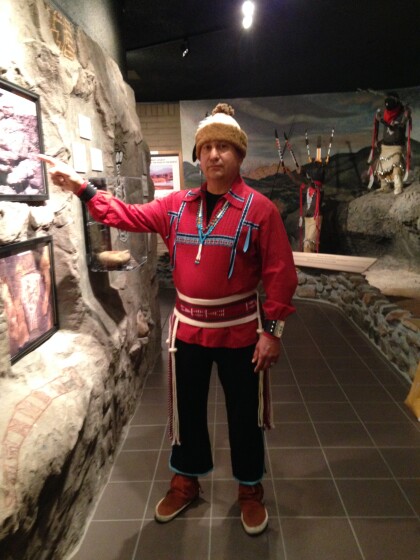
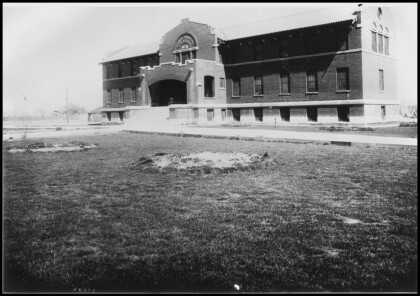
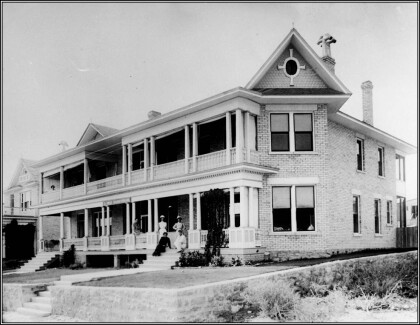
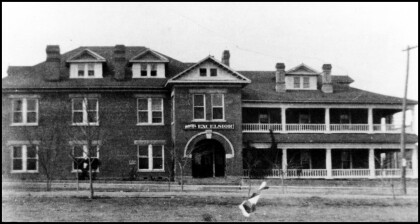
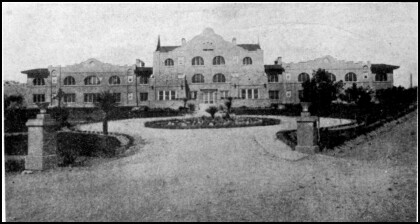
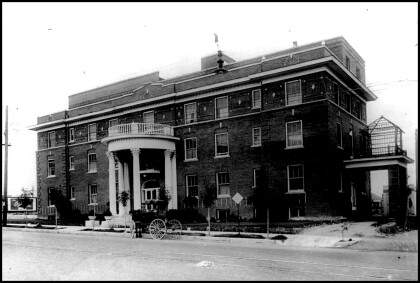
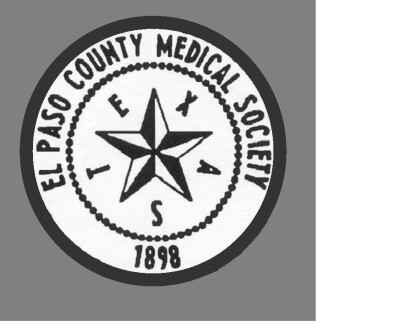
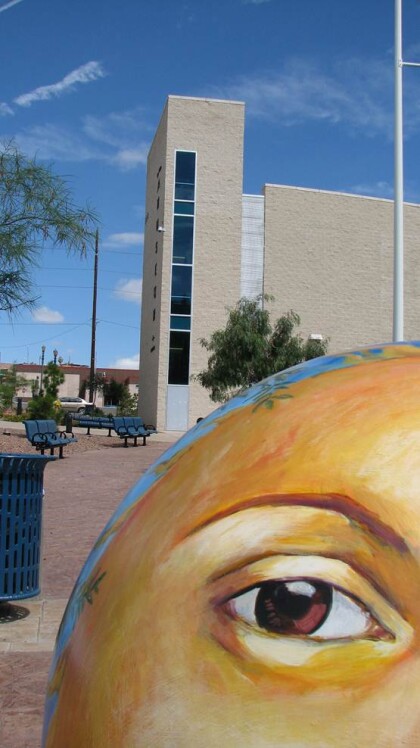
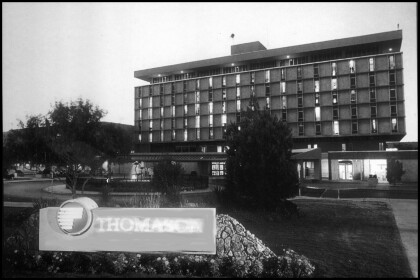
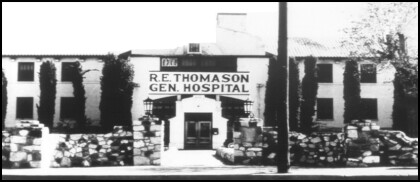
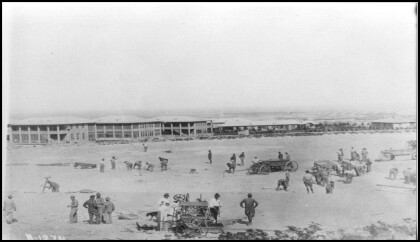
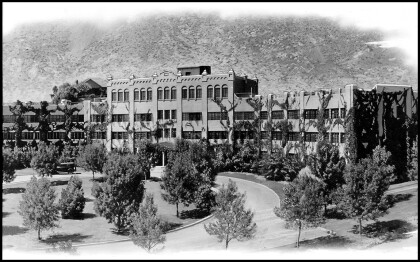
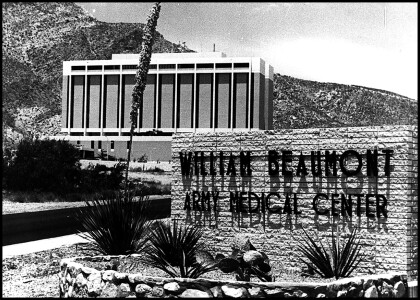
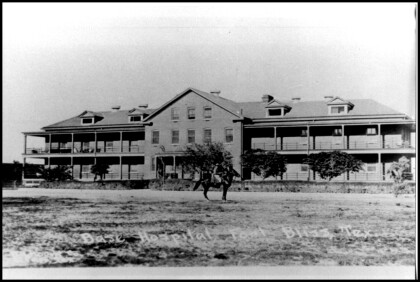
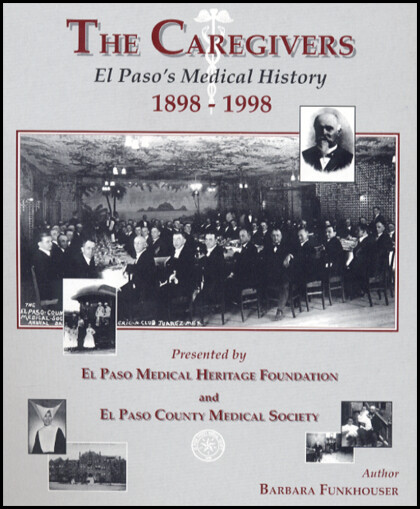
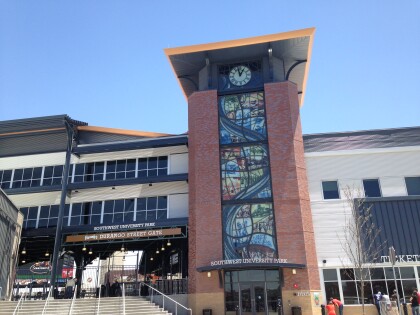
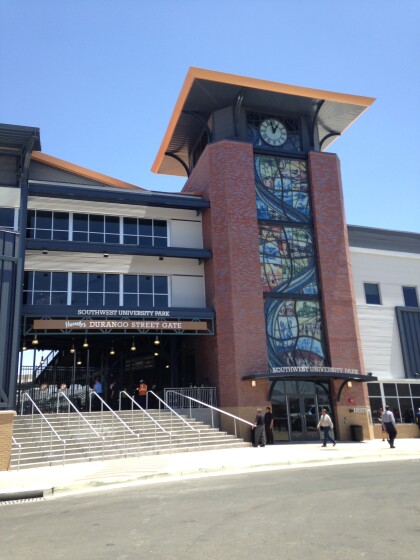
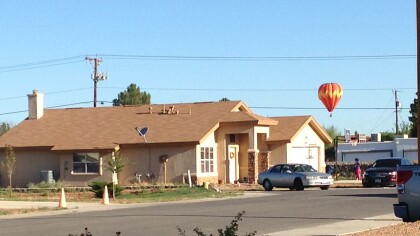
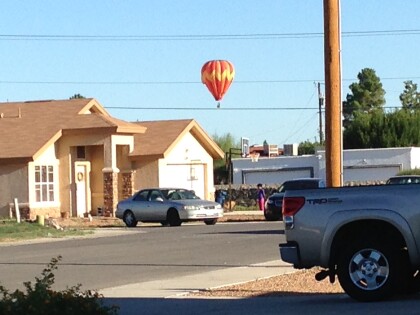
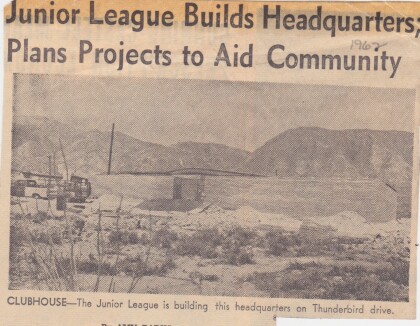
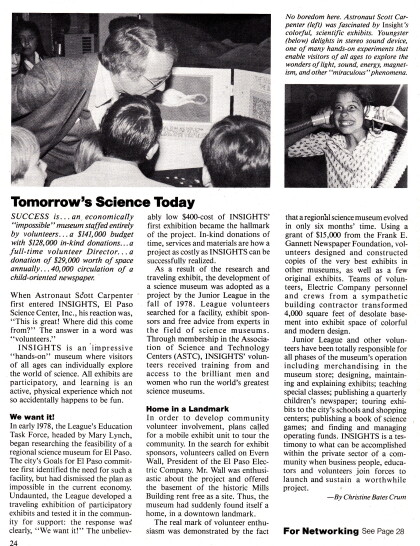


Comments
Add a comment